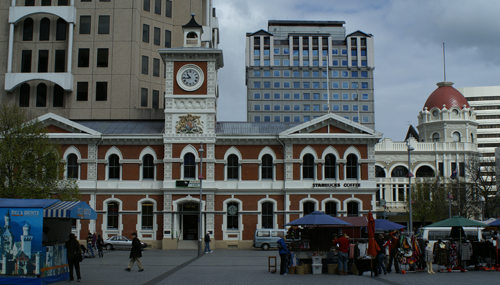
|
Christchurch is Canterbury's
provincial capital, and the largest city on the South Island. It
was laid out as the capital of the Church of England's Canterbury
settlement in 1850. Although it was an agricultural market town
for much of its history, it now has all the trappings of a modern city.
Central to the city is Cathedral Square, dominated by the Anglican
Christ Church Cathedral. Opposite the cathedral is the Old Chief
Post Office, built in 1897, which now houses the worlds slowest service
Starbucks Coffee house. (see picture to left)
The square still hosts a market, and now also some more modern
architectural styles.
|
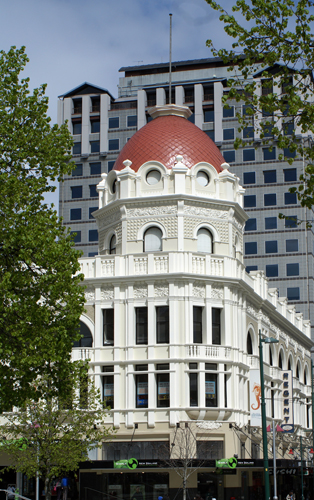 |
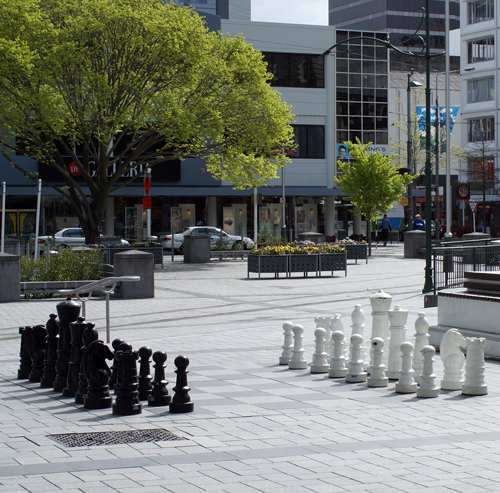 |
|
This statue is of John Robert
Godley (1814-61), founder of Canterbury, stands in Cathedral
Square.
|
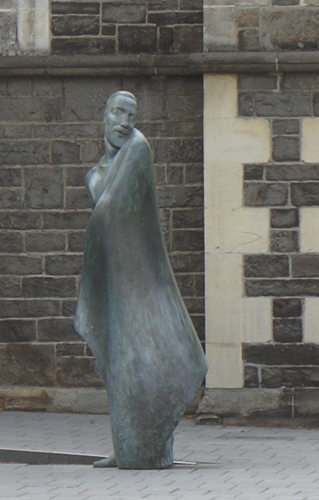 |
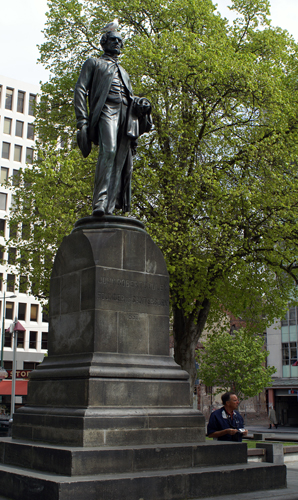 |
The city's war memorial sits
beside the Cathedral on the city's main square.
|
"The Challis" also adorns
Cathedral Square. Neil Dawson, 2000.
|
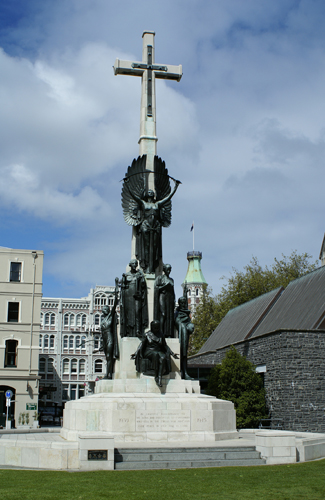 |
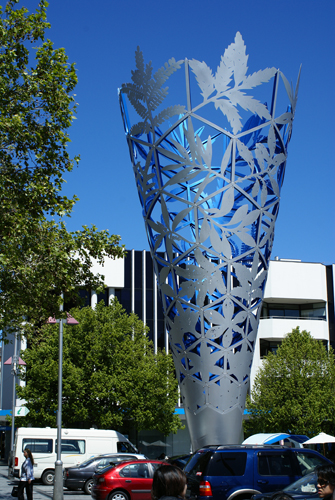 |
Christ
Church Cathedral
|
Begun in
1864 and completed in 1904 (but undergoing significant refurbishing
work currently) the cathedral was built as the focal point of the new
Anglican settlement of Canterbury, and it remains an important landmark
in the city. It was designed by English architect George Gilbert
Scott in the Gothic Revival style. Noted local architect Benjamin
Mountfort supervised the completion and also had considerable influence
over the design. It is built of Canterbury stone and native
timbers, and is known for its detailed wood and stone carvings around
the high altar and main pulpit Other works or art depict the
history of Canterbury's settlement, the city's connection with
Antarctic exploration and military campaigns through the world wars.
|
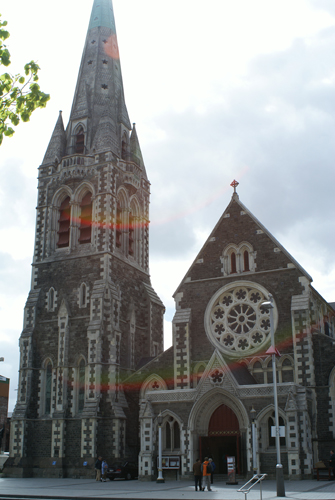 |
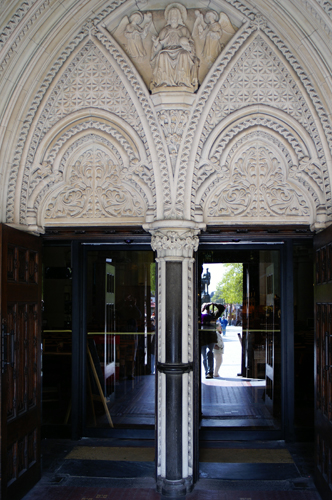 |
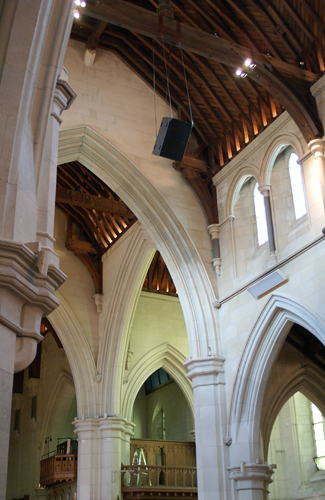 |
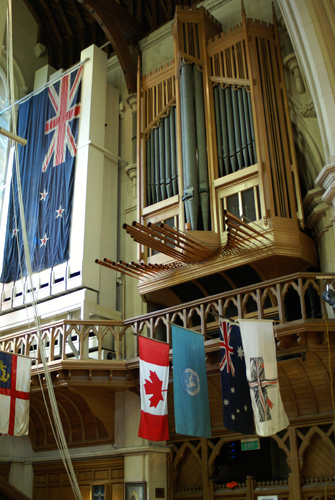 |
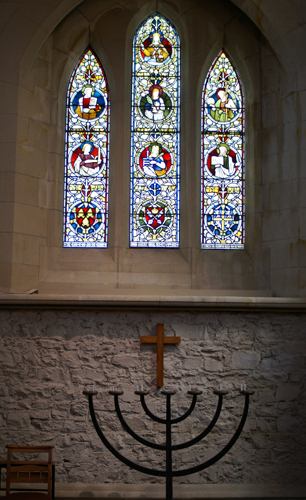 |
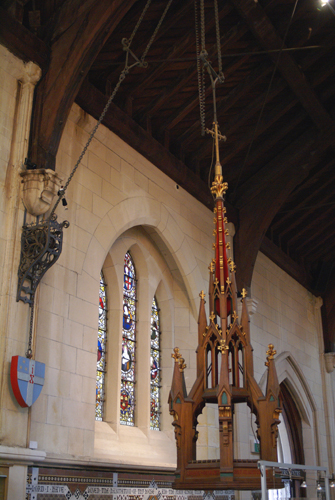 |
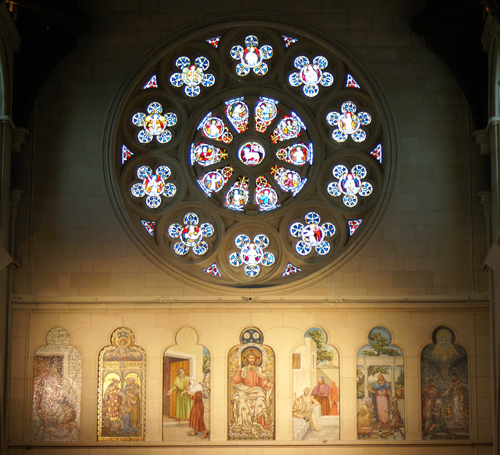 |
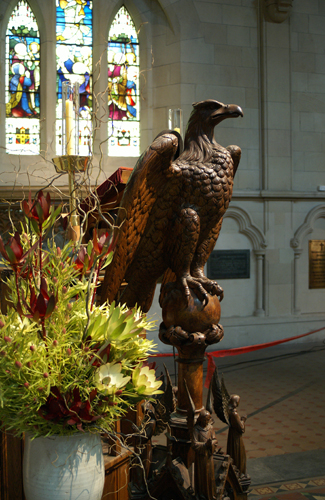 |
A
working tramway still operates in the city centre, but is focused on
tourist tours rather than public transport. The Avon river
meanders through the city and is Christchurch's greatest natural
asset. Its grassy banks and weeping willows, old oak trees, ducks
and bridges linking the city's main streets lure office workers and
visitors to its banks in the summer. Punts also operate from
various landings along the river.
|
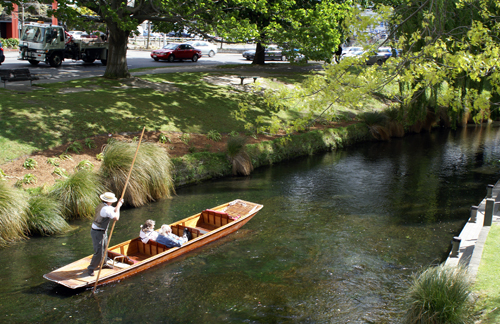
|
 |
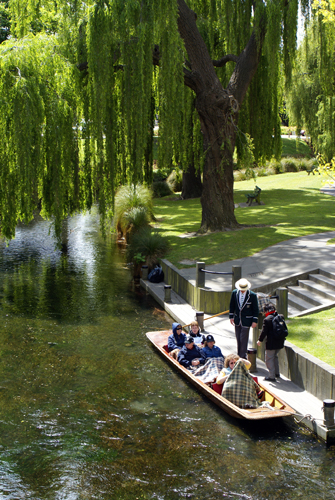 |
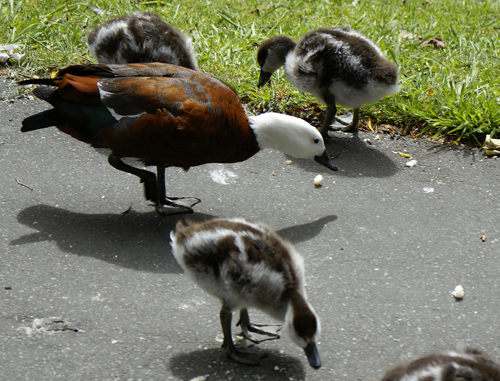 |
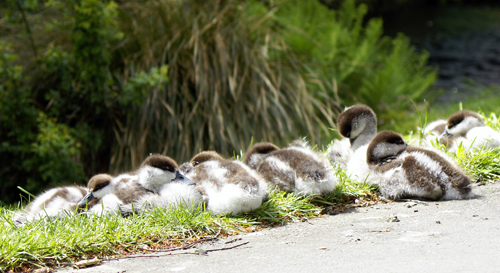
|
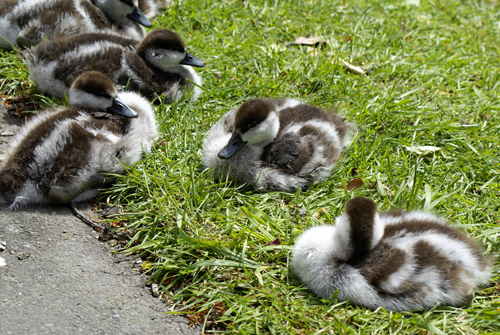 |
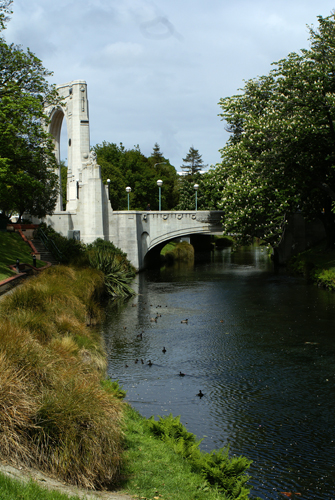
|
The Bridge of Remembrance
commemorates gunners from Canterbury who served in World Wars I and II,
and now subsequent conflicts. The foundation stone was laid on 25
April 1923 by Viscount Jellicoe, Governor-General of the Dominion
(formerly Vice-Admiral Jellicoe, Commander of the British Grand Fleet
at the Battle of Jutland [1916]).
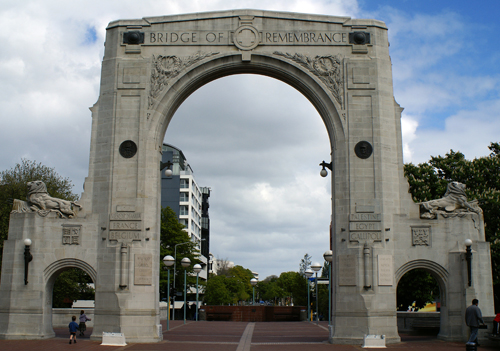 |
New Regent Street. This
pedestrian only area was built in the Spanish Mission style in 1932.
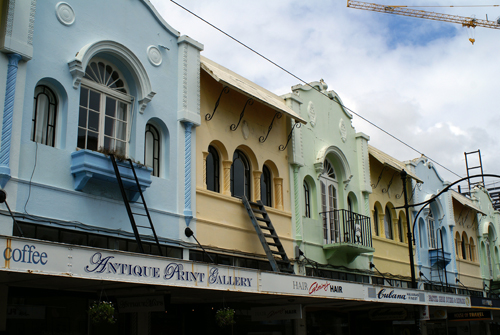 |
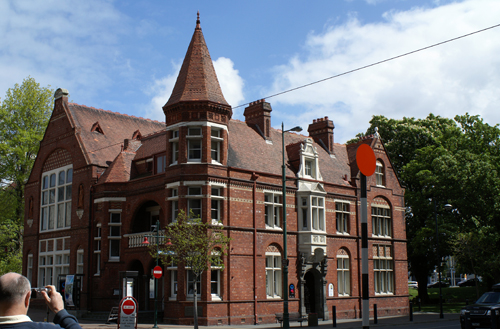 |
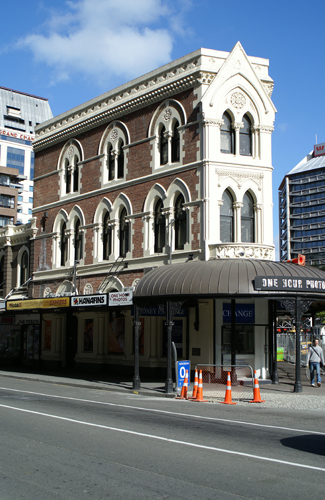 |
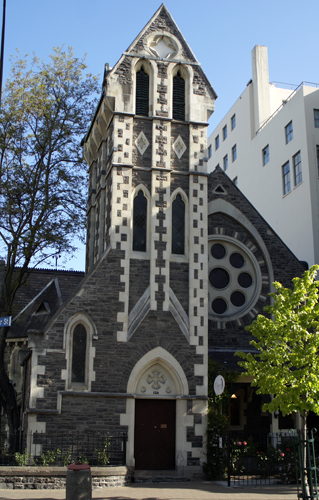 |
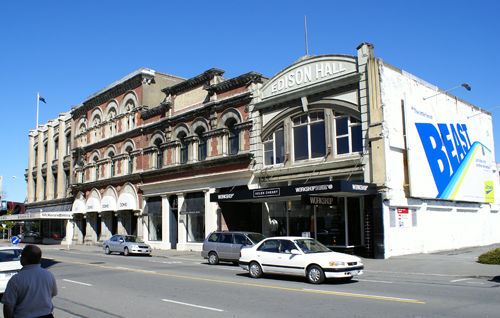 |
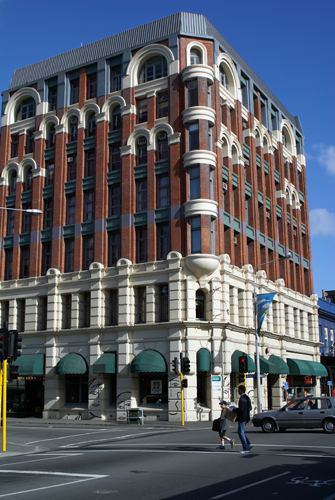 |
 |
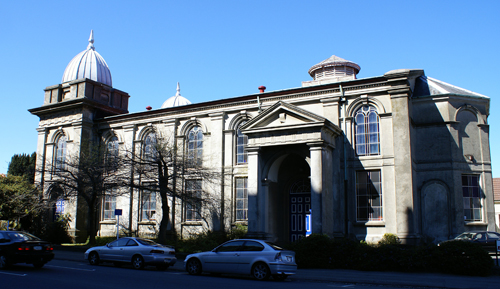 |
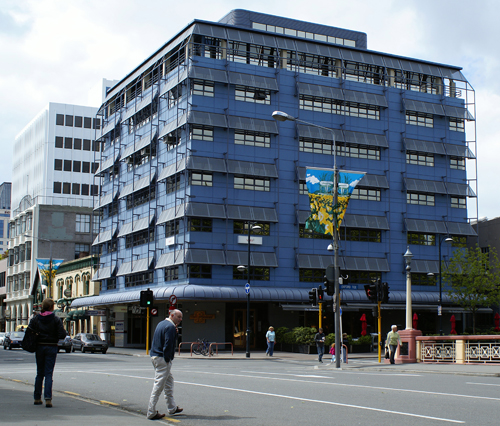
|
 |
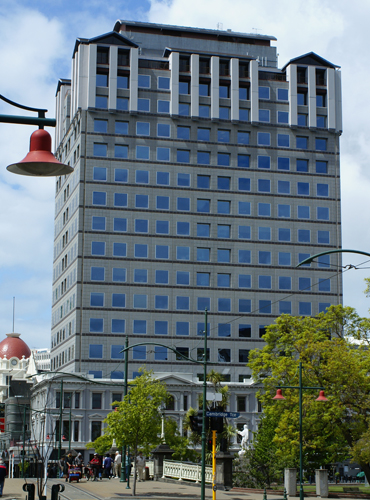 |
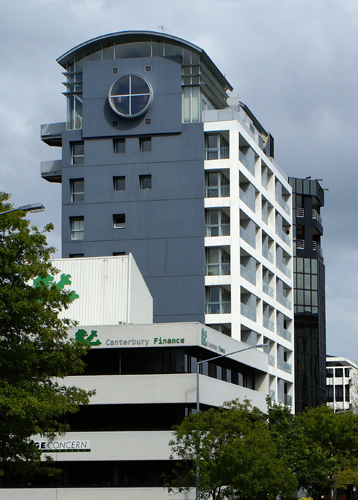 |
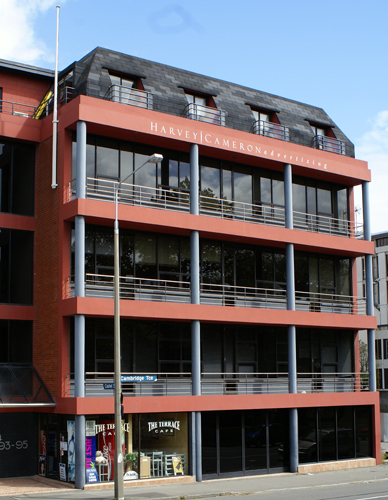 |
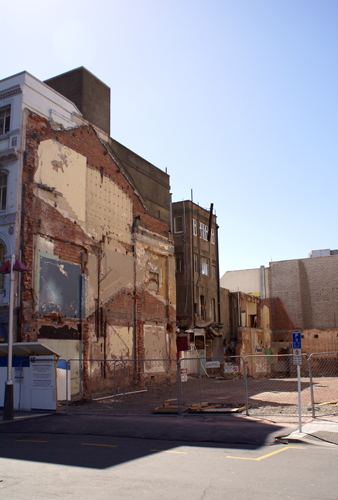 |
Earthquake risk in New Zealand
has limited the height and structure of buildings, giving towns and
cities a somewhat uniform appearance, while abundant space has led to
suburban sprawl. Interspersed with the country's ubiquitous
wooden houses are gracious history homes and buildings, well-preserved
Maori meeting houses and impressive public and commercial
buildings. The latter range from early European-style structures
build in stone to modern glass and concrete towers. Contemporary
architecture is an eclectic mix of "New Zealand" and imported styles.
By the 1860's the construction of public buildings reinforced links
with "home," reflecting, for example the Gothic Revival style in
Britain, Sometime timber was substituted for the customary
stone. The emphasis is on verticality and repeated ornamentation.
As New Zealand prospered in the early 1900's, more permanent commercial
buildings replaced temporary shops and warehouses. A wide range
of styles, including Classical Renaissance and Edwardian Baroque,
demonstrated substance and affluence of successful commercial
enterprise. Although Facades are often splendid, with Roman
columns, the structure behind uses more modern techniques of steel
framing and reinforced concrete. As such techniques allowed
varied exterior treatment, there is little consistency of style in city
buildings.
|
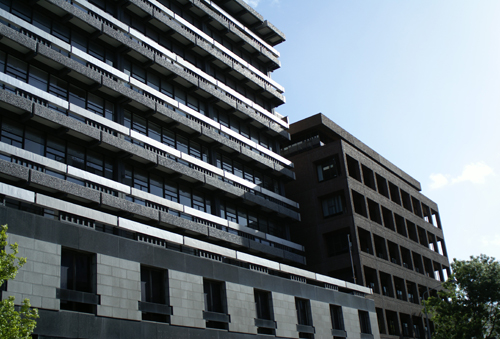 |
 |
 |
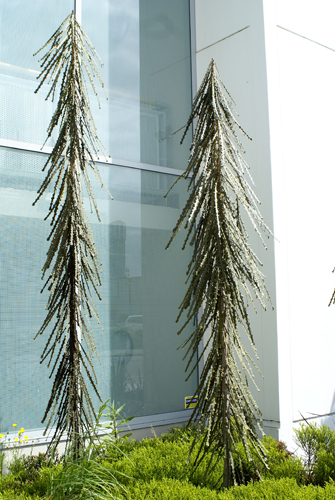
|
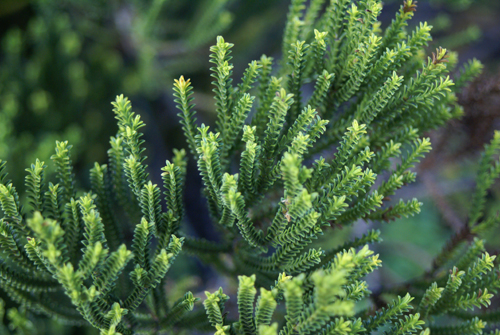 |
Botanic
Gardens
|
The
botanic Gardens, founded in 1863, contribute to Christchurch's
reputation as New Zealand's garden city. the Gardens;
conservatories, rose and bulb beds, rock and water gardens, English
lawns and woodland are largely enclosed in the loop of the Avon River,
and the proximity of the flowing water to all sections makes the
gardens particularly tranquil. We were there in early spring so
many of the beds only had spring blooms, and some very early summer
flowers.
|

|
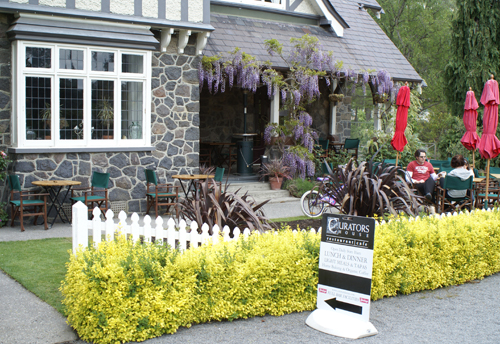 |
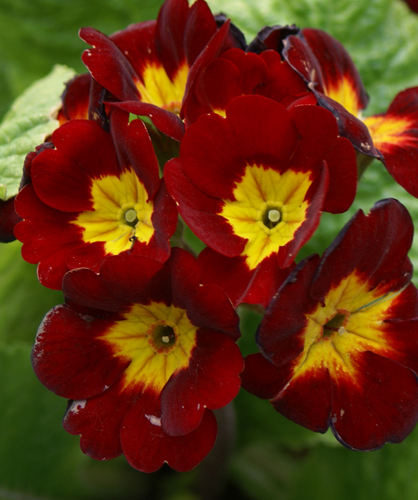 |
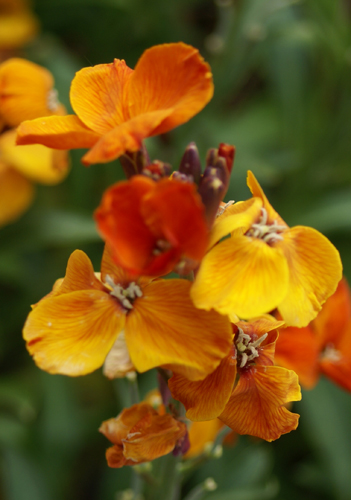 |
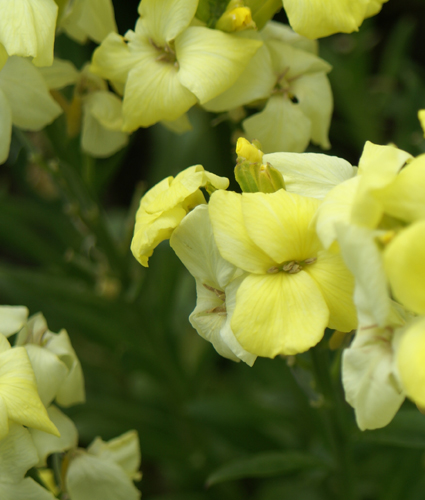 |
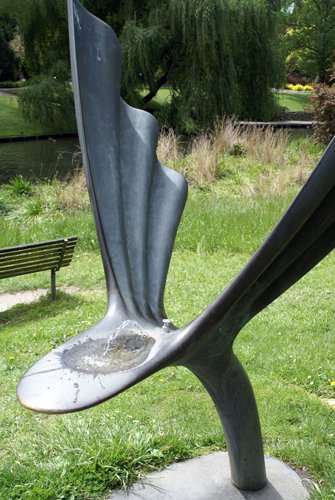 |

|
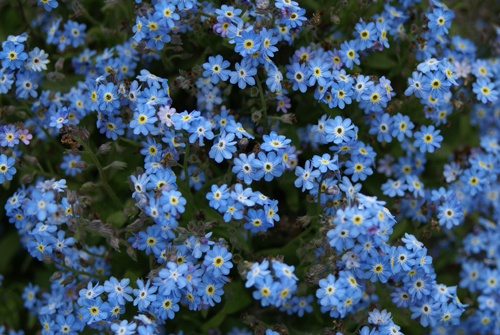 |
|
William Sefton Moorhouse was an
English born, New Zealand politician who served in both the provincial
and national parliaments. Through his efforts the original rail
tunnel between Lyttelton and Christchurch was built.
|
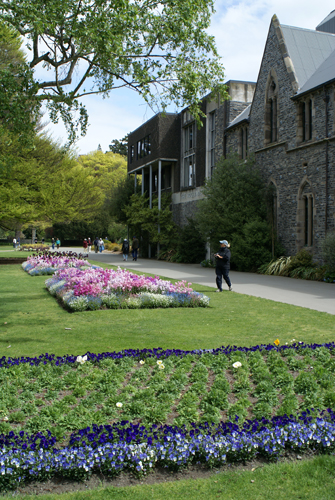
|
 |
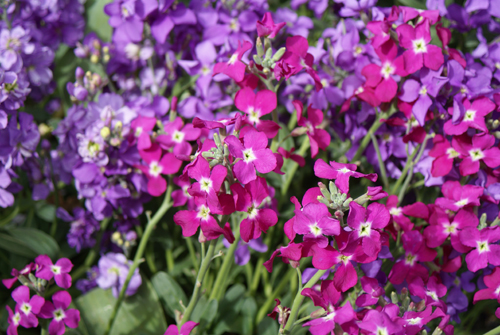
|
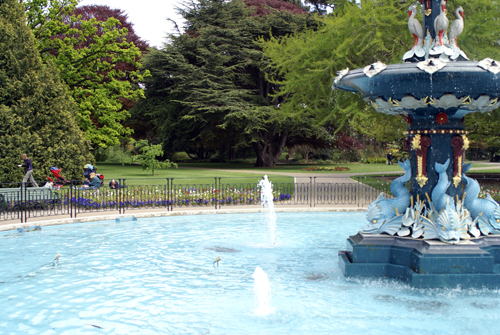 |

|
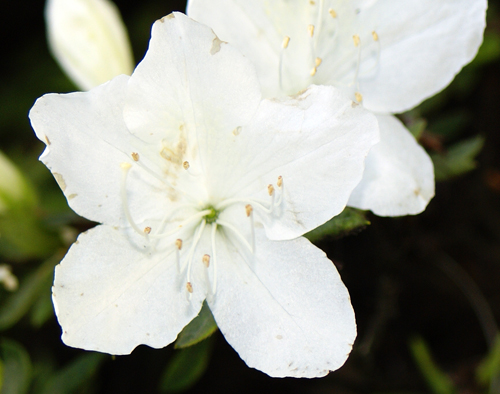 |
This is part of the interactive
sculpture titled "Regret" by Sam Mahon. If one pushes the lever a
jet of water erupts from the nozzle and causes the masks to rotate.
|
|
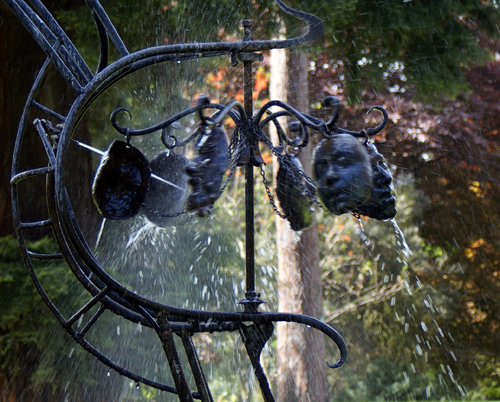
|
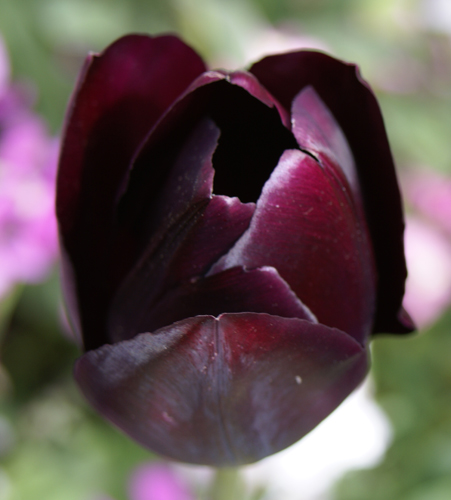 |
 |
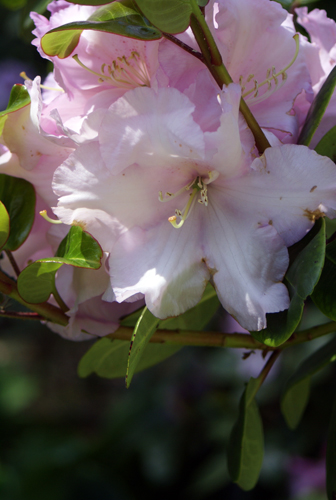 |
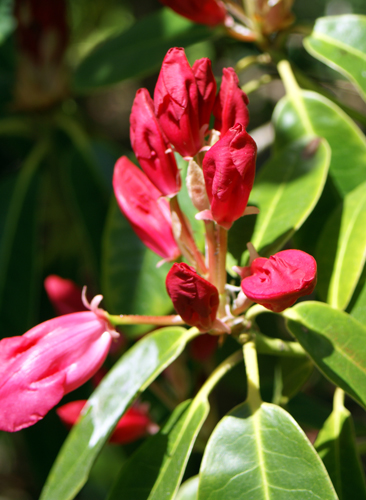
|
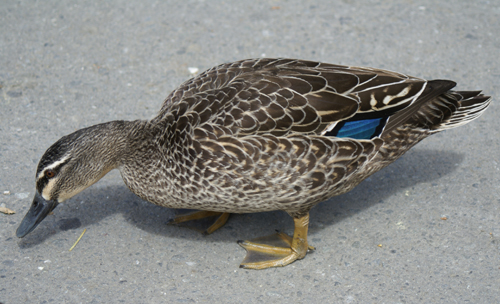 |
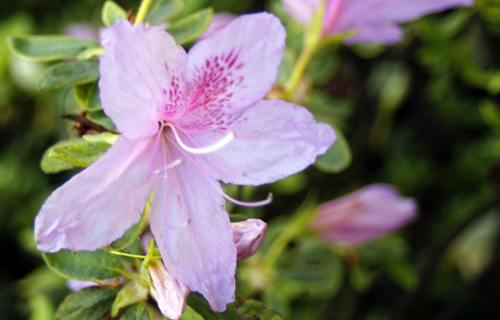 |
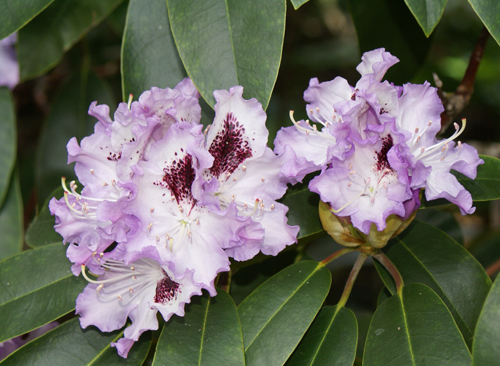 |
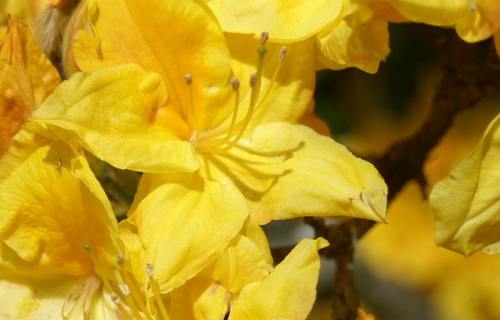 |
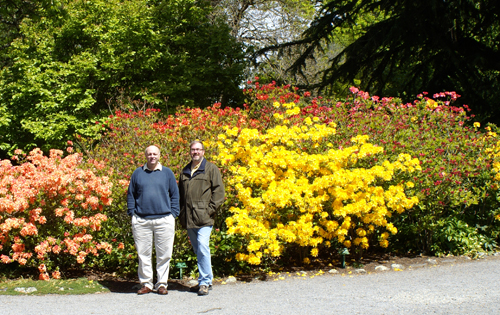 |
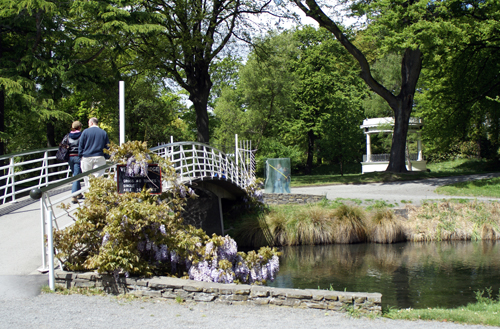
|
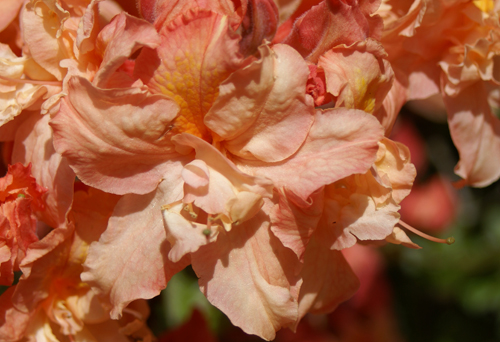 |
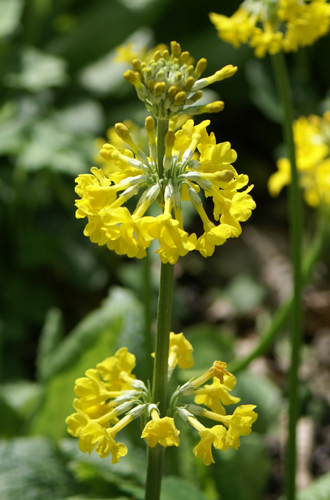
|
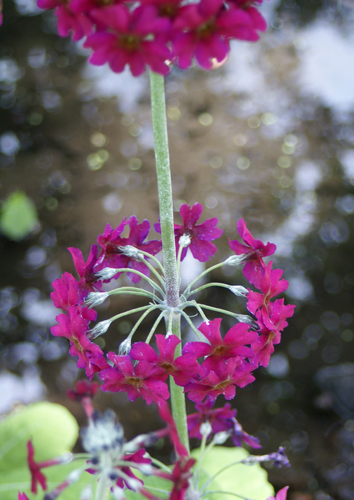 |
Wrestlers, sculpted by Llewellyn
Summers, 14 March 1990.
|
|
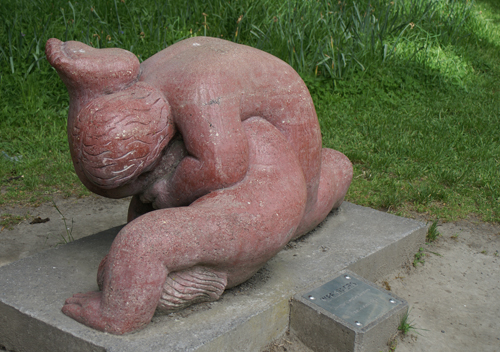
|
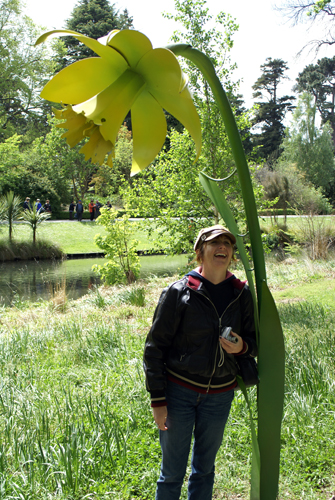 |
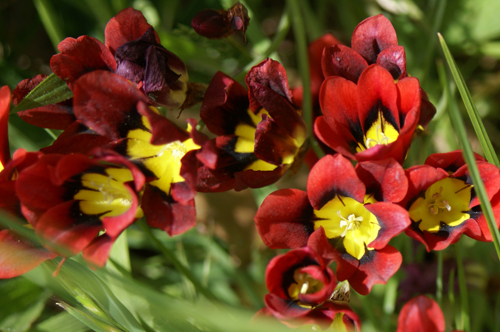
|
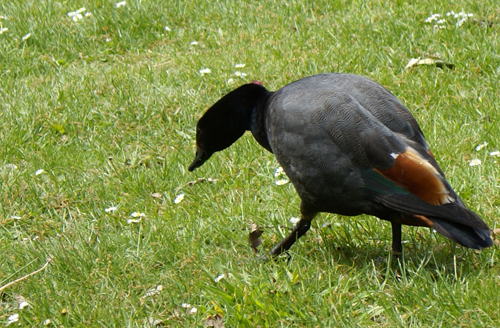 |
Christchurch Arts Centre
|
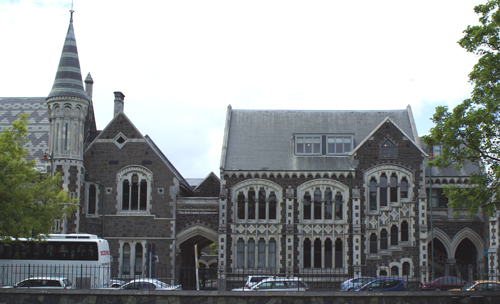 |
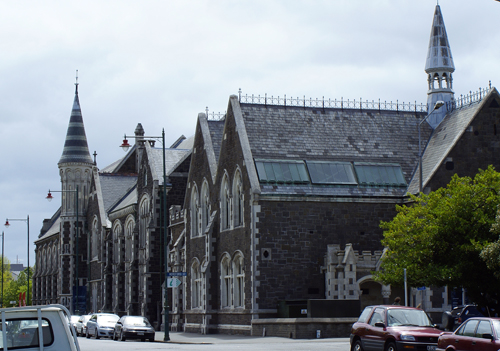 |
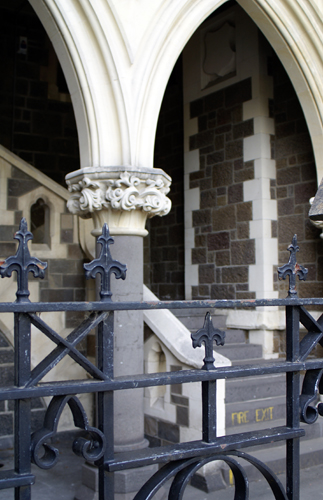 |
Located in the old University of
Christchurch's buildings, this is
Christchurch's arts and cultural hub, with galleries, cinemas and
theatres, as well as cafes and bars. We took a look at some of
the
galleries and studios, ranging from painting and sculpture, to fabric
arts. The construction of the Gothic Revival-style buildings
began in
1877. It was designed by a succession of architects, including
Montford, who was responsible for the clock tower building, Great Hall
and Classics block. Assembled piecemeal over 46 years, the
buildings
were linked by quadrangles and cloisters that unify the whole complex. |
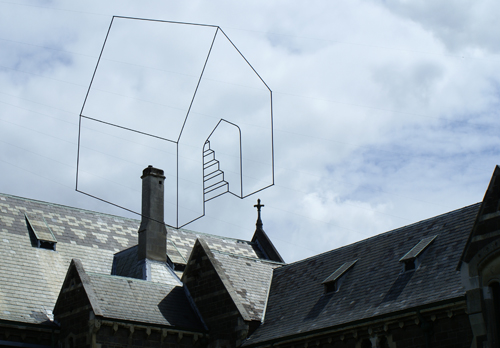 |
 |
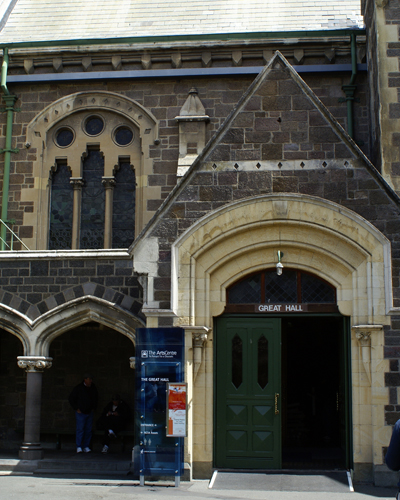 |
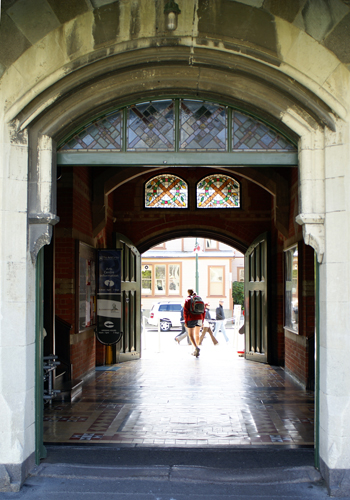 |
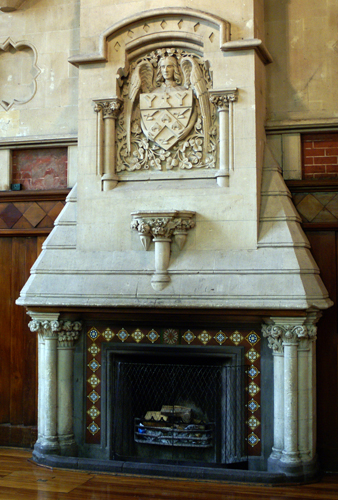
|
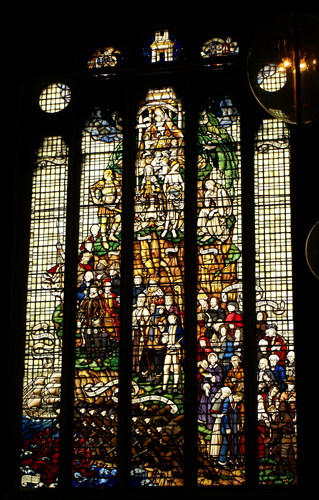 |
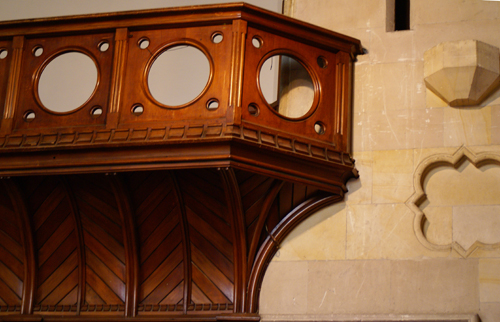
|
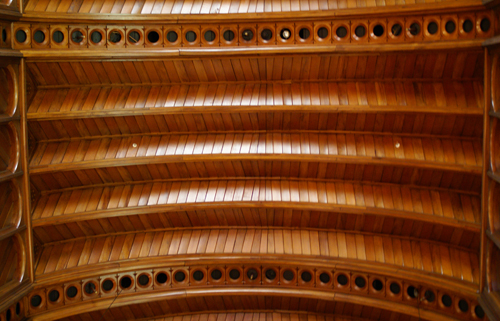 |
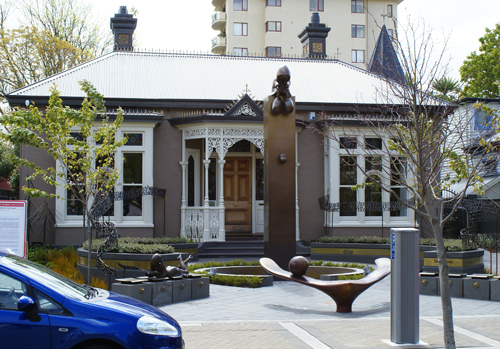
|
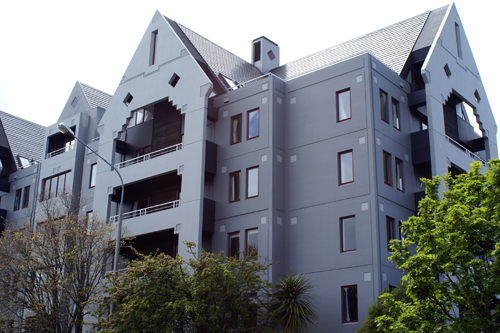 |

|
 |
 |
Art Gallery
|
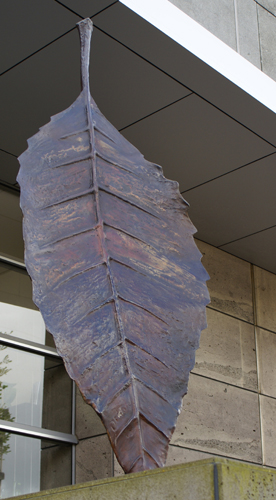 |
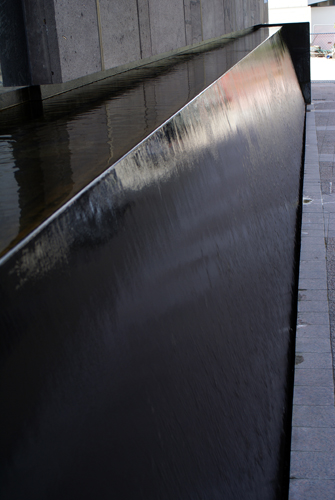 |
Victoria Square, with its Avon
River boundary, clipped lawns, formal plantings, and many trees, is a
peaceful oasis in the city and contains statues of both Queen Victoria,
and Captain James Cook, RN. In addition a Mouri totem titled "A
mark of the long burning fires of Ngai Tahu (He poupou tohu ahi-ka o
Ngai Tahu)" stands in front of the lagoon beside City Hall.
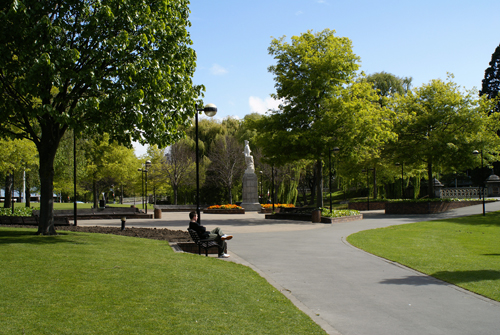 |
 |
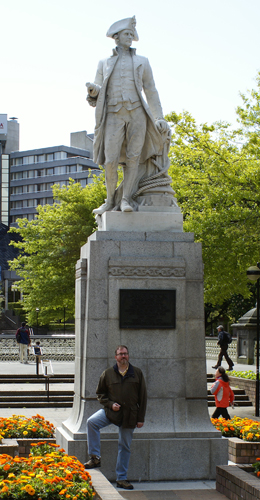 |
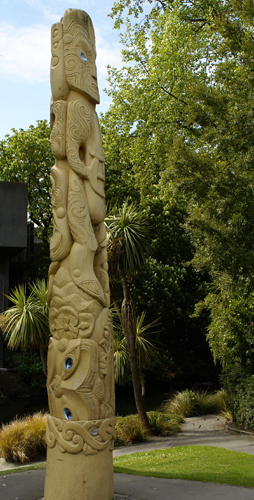 |
Other sculptures also stand
around the city, like this one of James Edward Fitzgerald, First
Superintendent of Canterbury (1853 - 1867)
|
Next to the Avon River stands
this 1917 statue of Antarctic explorer Robert Scott sculpted by his
widow, Kathleen.
|
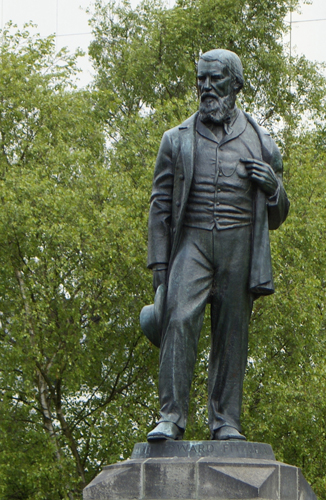 |
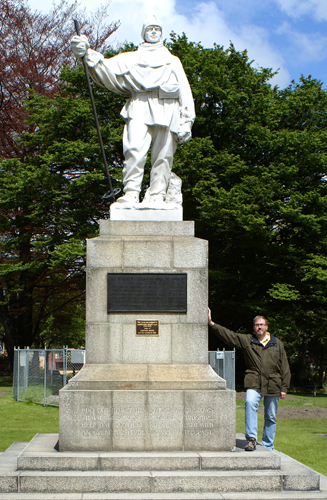 |
This un-named sculpture was
presented to the city of Christchurch by His Excellency Carlos
Appelgren-Balbontin, Ambassador of Chile, to commemorate 30 years of
bilateral relations between Chile and New Zealand in 2002.
|
And no city would be complete
without a gratuitous piece of modern art on a convenient street corner.
|
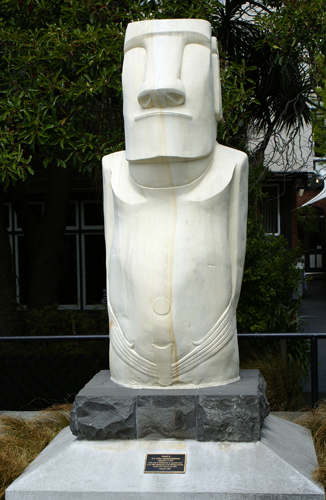 |
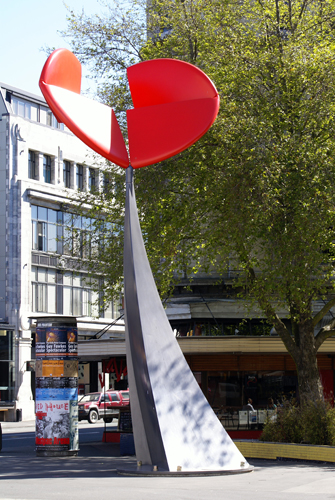 |
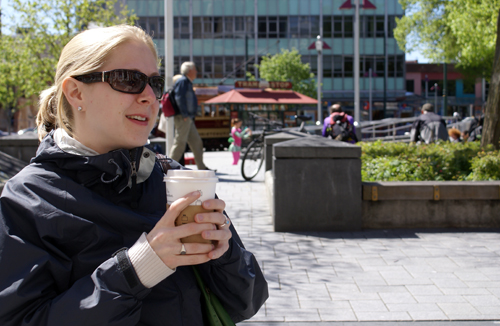 |
No tromp around the city would
be likely if one didn't have a firmly grasped cup of Starbucks first
thing in the morning.
Or a nice glass of wine at Eadie Fye's Wine and Deli Store.
|

|
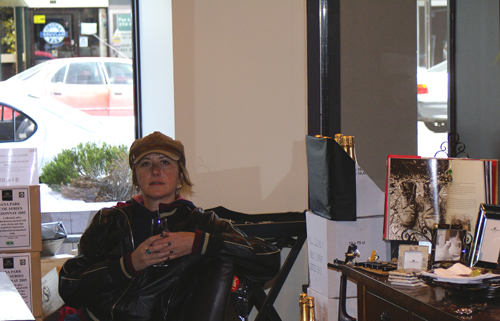 |
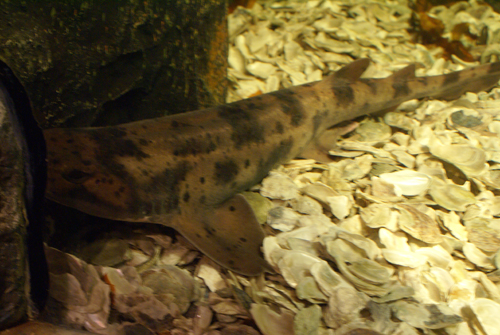
|
These shots are from the
Southern Encounter Aquarium and Kiwi House. I did get to see a
live Kiwi, but no pictures were allowed.
[Left] A carpet shark distributed around New Zealand, but most common
in the south where it comes into shallow bays. they grow to an
average size of 80 - 120 cm and reach a maximum of 200 cm. They
are voracious feeders, preying on shellfish, crustaceans, fish, and
squid.
[Below Left] A Conger Eel can grow to be 180 - 200 cm in length and
over 15 kg. It is a bottom dwelling fish usually inhabiting
crevices or caves and moves around at nighttime in search of fish,
crabs, crayfish and octopus.
[Below] Tuatara is a Maori name meaning "spiny-back". The
tuatara is a reptile found only in New Zealand, although it was
initially thought to be a lizard when first discovered in 1831, it
actually belongs to a separate group. This order, Sphenodontia,
was once found world wide, but suffered massive extinction around the
same time as the dinosaurs died out, around 65 million years ago.
|

|
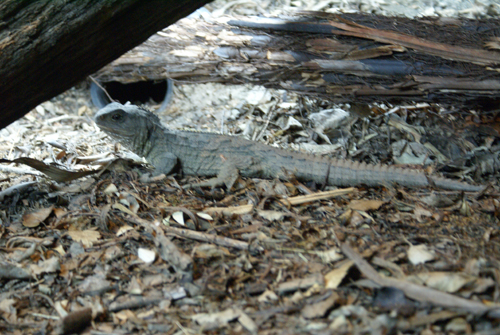 |
Christchurch
Gondola
|
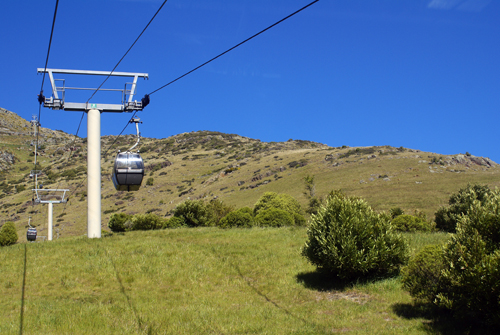
|
Southeast of the city, the
Christchurch Gondola takes passengers from a terminal in the Heathcote
Valley to the rim of the extinct volcano at the top of the Port
Hills. From the top you can see, Banks Peninsula, Canterbury
Plains, and on clearer days, the distant Southern Alps.
The Port Hills separate Christchurch from Lyttelton Harbour, and were
formed as the result of the eruption of the now extinct Lyttelton
volcano.
|
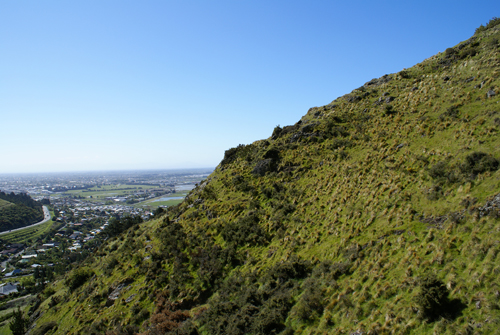 |
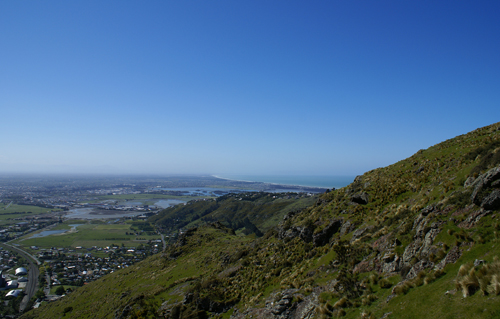 |
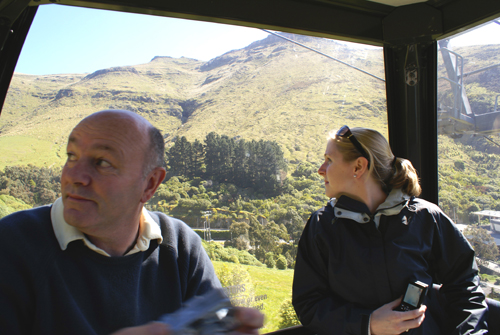 |
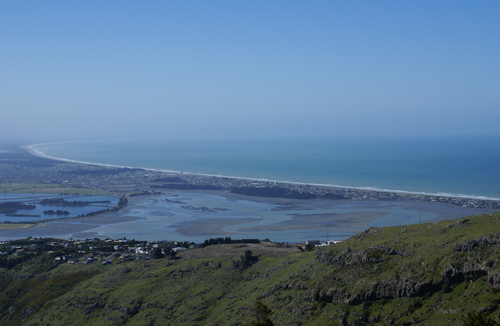 |
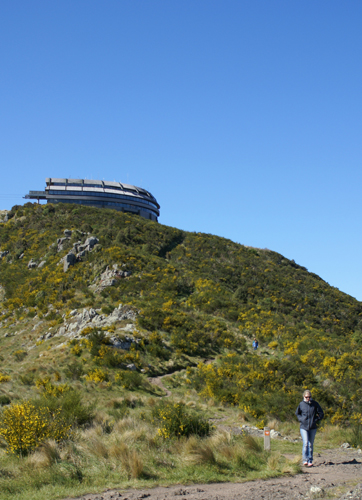 |
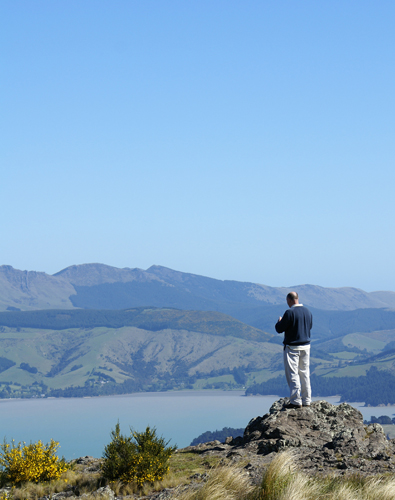 |
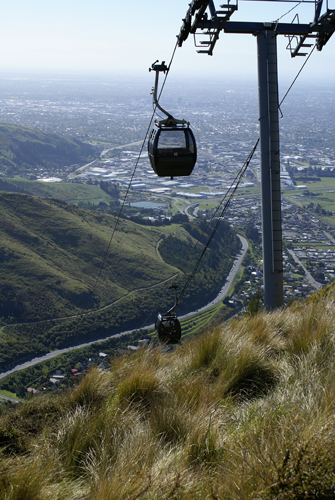 |
Lyttelton harbour was the
landing place of the Canterbury Pilgrims, brought out by the Canterbury
Association to populate the new province in 1850, and was named after
Lord Lyttelton, the chairman of the Association. In 1867, a rail
tunnel was drilled through the volcanic rock of the Port Hills to
provide a link between Lyttelton's port and Christchurch, and a road
tunnel was completed in 1964. The town's port is one of the
busiest in New Zealand.
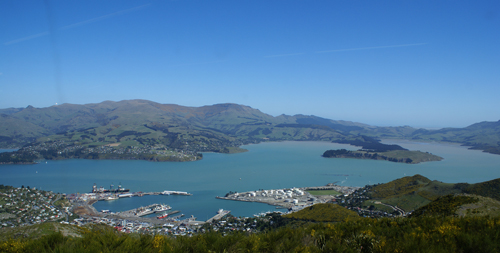 |